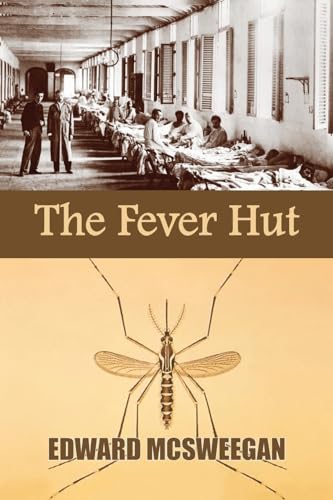The Fever Hut
For fans of historical fiction interested in developments in medicine, The Fever Hut is an informative and engaging read. As the book opens, an American doctor, Duncan Cleary, arrives in Cuba in 1898 to tend to the sick and injured during the Spanish-American War. While dodging bullets, he befriends an African American surgeon and meets a host of other medical professionals.
As the war winds down, Cleary chooses to stay in Cuba. He finds a sweetheart and immerses himself in the study of tropical diseases. Yellow fever, which was a problem during the war, rages through Havana and the military bases where Cleary works. He partners with a succession of doctors to understand the disease.
Some doctors believe that bacillus causes yellow fever. Another group suspects the mosquito. Cleary focuses on his patients while other doctors vie for recognition and career advancement. After trial and error, they all come to recognize that a humble mosquito biting an infected person within seventy-two hours can transfer yellow fever by biting a healthy individual twelve days later.
McSweegan excels at explaining such medical matters in the era as the dreadful progress of yellow fever, surgical practices, scientific experimentation, and the benefits of an early X-ray machine. He also entertains readers with references to the celebrated men who pass through Cuba, including Teddy Roosevelt, Stephen Crane, and Walter Reed. McSweegan’s subplots, including Cleary’s romance, the role of the German military in Cuba, and the nature of strained race relations, seem less well-developed. Nonetheless, readers will welcome the novel for the well-crafted setting and the fresh plot centering around advances in disease.










